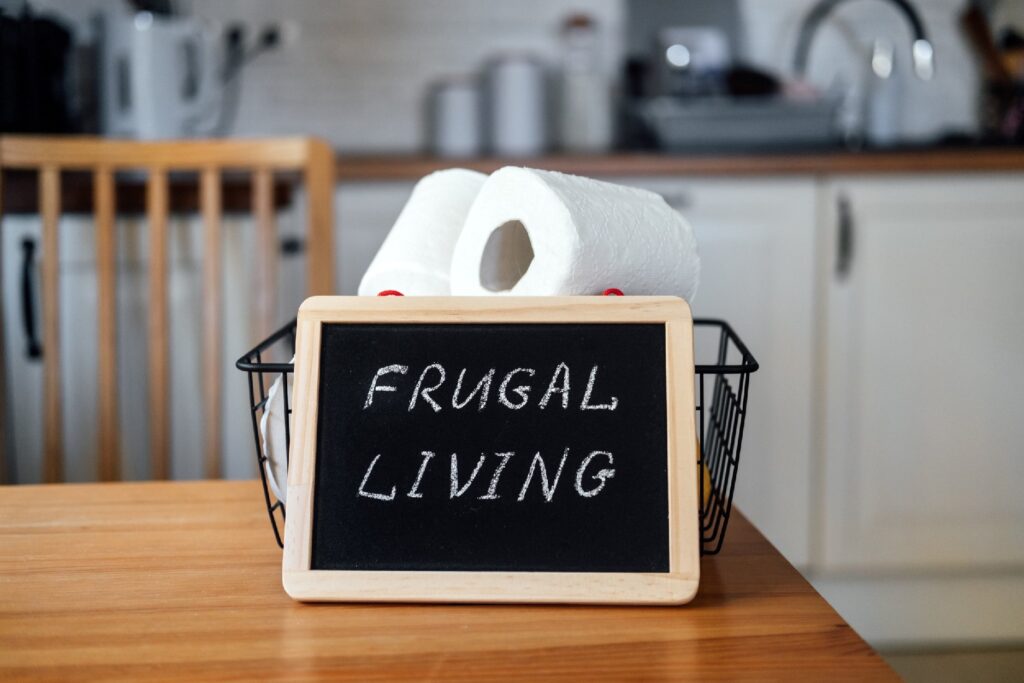In the world of residential real estate, two prominent options stand before potential buyers: under-construction projects and ready-to-occupy properties. Each option comes with its own set of advantages and considerations, and making the right choice depends on your preferences, timeline, and risk tolerance. In this comprehensive guide, we will delve into the key differences between under-construction and ready-to-occupy projects to help you make an informed decision that aligns with your needs and aspirations.
Under-Construction Villas: The Promise of Potential
Advantages of Under-Construction Projects:
Customization and Personalization: One of the most significant advantages of under-construction projects is the ability to customize and personalize your home. From choosing interiors to selecting finishes and fixtures, you have the freedom to design your space to match your taste and style.
Lower Initial Investment: Under-construction projects typically require a lower upfront investment compared to ready-to-occupy properties. Furthermore, a minimum of 10-30% price difference can be seen between under-construction property and ready-to-move-in villas or apartments. This can be beneficial for buyers who have budget constraints but aspire to own a quality home.
Potential for Capital Appreciation: As the project progresses and the property gets closer to completion, there is the potential for capital appreciation. If the real estate market is favorable, the value of your under-construction property could increase before you even move in.
RERA compliance: RERA (Real Estate Regulatory Authority) compliance is a crucial aspect of under-construction villa projects in Kerala. Since the implementation of RERA in Kerala on January 1, 2020, all under-construction projects, including villa projects, are required to adhere to its regulations. This ensures transparency, accountability, and protection for homebuyers.
Modern Amenities and Features: Many under-construction projects are designed with modern amenities and features that cater to contemporary lifestyles. From smart home systems to energy-efficient appliances, these features can enhance your quality of life.
Considerations for Under-Construction Projects:
Construction Timeline and Delays: One of the primary considerations with under-construction projects is the construction timeline. Delays due to factors like weather, regulatory approvals, or unforeseen challenges can impact your move-in date.
GST implications: Under construction properties in Kerala are subject to Goods and Services Tax (GST) at a rate of 5% for affordable housing and 12% for other residential properties. Additionally, there’s a 1% GST for affordable housing under the construction-linked plan. Then there are stamp duty and registration charges, which are applicable based on the property’s agreement value.
Tax implications: Under construction properties are linked to certain tax benefits under Sections 24, 80EE and 80C of the Income Tax Act. However, a benefit of up to Rs 2.5 lakh on home loan interest can be claimed only if the construction of the property is completed within three years. So choose under construction villa projects accordingly.
Risks and Uncertainties: Investing in an under-construction project carries a certain level of risk. There might be uncertainties about the final outcome, and you need to have confidence in the builder’s track record and commitment to quality.
Ready-to-Occupy Projects: The Comfort of Convenience
Advantages of Ready-to-Occupy Projects:
Immediate Possession: Perhaps the most significant advantage of ready-to-occupy projects is the ability to move in immediately. There’s no waiting for construction to finish; you can start enjoying your new home right away.
Clear Understanding of the Property: When you visit a ready-to-occupy property, what you see is what you get. There are no surprises, and you can inspect the property thoroughly before making a decision.
Reduced Risks and Uncertainties: With a completed property, you can assess the quality of construction and the neighborhood firsthand. There’s less uncertainty compared to under-construction projects.
Less Stressful Transition: Moving into a ready-to-occupy property can be a smoother process compared to coordinating with builders and dealing with construction-related matters.
Free from GST implication: Ready to occupy properties, are left out of the ambit of GST.
Considerations for Ready-to-Occupy Projects:
Limited Customization: While some level of customization is possible in a ready-to-occupy property, it’s not as extensive as what you’d get in an under-construction project. You might need to compromise on certain design elements.
Potentially Higher Cost: Ready-to-occupy properties tend to have a higher price tag compared to under-construction projects. If you’re working with a tight budget, this could impact your options.
Age of the property: a ready-to-move-in home doesn’t necessarily equate to a brand-new property. It can be a resale home and may come with a host of challenges, from wear and tear to structural concerns.
Quality of construction: You cannot evaluate materials used to construct the property from time to time in a ready-to-move apartment or villa. Relying on the builder’s information remains the sole option here.
Making the Right Choice for You:
Choosing between under-construction and ready-to-occupy projects ultimately depends on your priorities, preferences, and circumstances:
If you value customization, are willing to wait for construction to complete, and are seeking potential capital appreciation, an under-construction project might be suitable for you.
On the other hand, if you want to move in immediately, have a clear understanding of the property you’re buying, and prefer a reduced level of uncertainty, a ready-to-occupy project could be a better fit.
Conclusion: Your Real Estate Journey
Whether you opt for the promise of potential in an under-construction project or the comfort of convenience in a ready-to-occupy property, your home ownership journey is a significant milestone. Carefully evaluate your preferences, conduct thorough research, and consider your financial capabilities before making a decision. Whichever path you choose, remember that your home is more than just a building; it’s a reflection of your aspirations and a space where memories are made. By understanding the advantages and considerations of both options, you’re well-equipped to make a choice that aligns with your dreams and lifestyle.



Hi, this is a comment.
To get started with moderating, editing, and deleting comments, please visit the Comments screen in the dashboard.
Commenter avatars come from Gravatar.